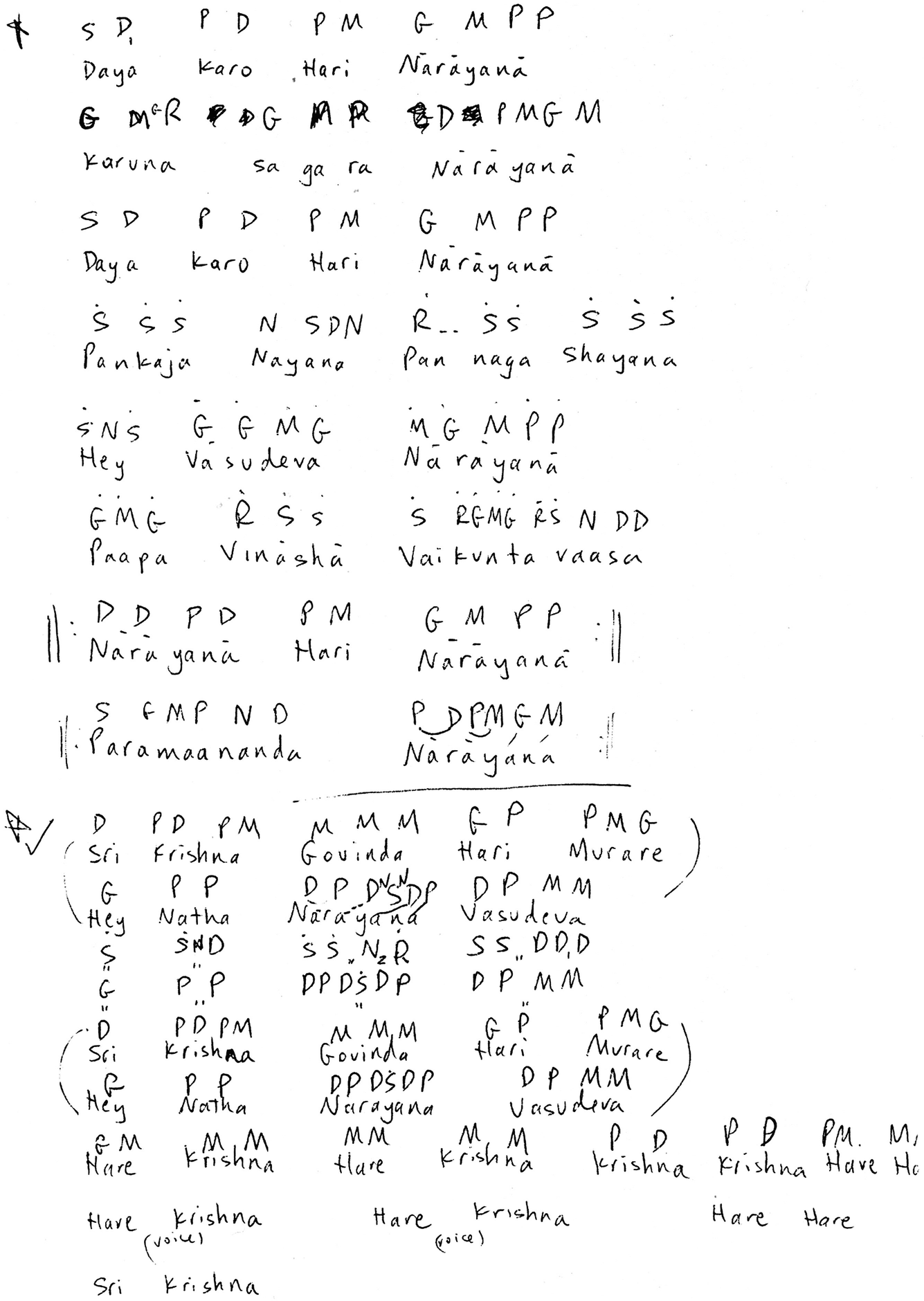
The practice of beginner singing lessons is equivalent to prepping the body for an intense workout in the context of music. Aquire ability to sustain on a single swara for a longer duration and linger around swara without fatigue.Empower us to handle different speeds in different octaves, while maintaining the laya.Increases the ability to traverse swaras through various octaves with ease.Get a good grip on tempo when practised in various speeds.Set the voice range (see this article to find out how you can do this).Regular practice of these singing exercises for beginners helps us to: The singing lessons for beginners are sarale varase (sarali varusalu), janti varase (janta varusalu), dhaatu varase, taggusthayi varase, taarasthaayi varase and alankaara. These basic lessons serve as the building blocks for more advanced performance forms like alapana, neraval and swara prastara. He is the one who has composed the baala paata or the beginner’s lessons in Carnatic music. Sri Purandaradasa is referred to as Pitamaha of Carnatic Music.

N has 3 variations: shuddha (N1), kaishiki (N2), kaakali (N3).D has 3 variations: shuddha (D1), chaturshruthi (D2), shatshruti (D3).M has 2 variations: shuddha (M1), prathi (M2).G has 3 variations: shuddha (G1), sadharana (G2), antara (G3).R has 3 variations: shuddha (R1), chaturshruthi (R2), shatshruti (R3).The other five swaras, viz Rishabha, Gandhara, Madhyama, Dhaivatha, Nishadha are swaras with two or three variations each. Shadja and Panchama are achala (immovable) swaras. An octave spans all the swaras from Shadja until, but not including the higher Shadja. The frequency of higher Shadja is twice that of the Shadja. Nishada is followed again by a Shadja from the higher octave. Aarohana and Avarohana together make a moorchana. SRGMPDN, is called aarohana and the descending order, i.e. It plays a similar role to that of a ‘note’ in western music, but has a distinct character. There are seven swaras in Carnatic music: S for Shadja (sung as Sa), R for Rishabha (sung as Ri), G for Gandhara (sung as Ga), M for Madhyama (sung as Ma), P for Panchama ( sung as Pa), D for Dhaivatha (sung as Da) and N for Nishadha (sung as Ni). The ascending order of the swaras, i.e. Swara is the most fundamental concept in Carnatic music.

It also tells you the relevance and importance of practising the beginner singing lessons such as sarali varase/varisai as part of your everyday practice for singing.
UDEMY BASIC CARNATIC MUSIC LESSONS HOW TO
If you are a beginner and want to know how to sing in the carnatic tradition, these tips will definitely help you. This article introduces you to the fundamentals of Carnatic music.


 0 kommentar(er)
0 kommentar(er)
